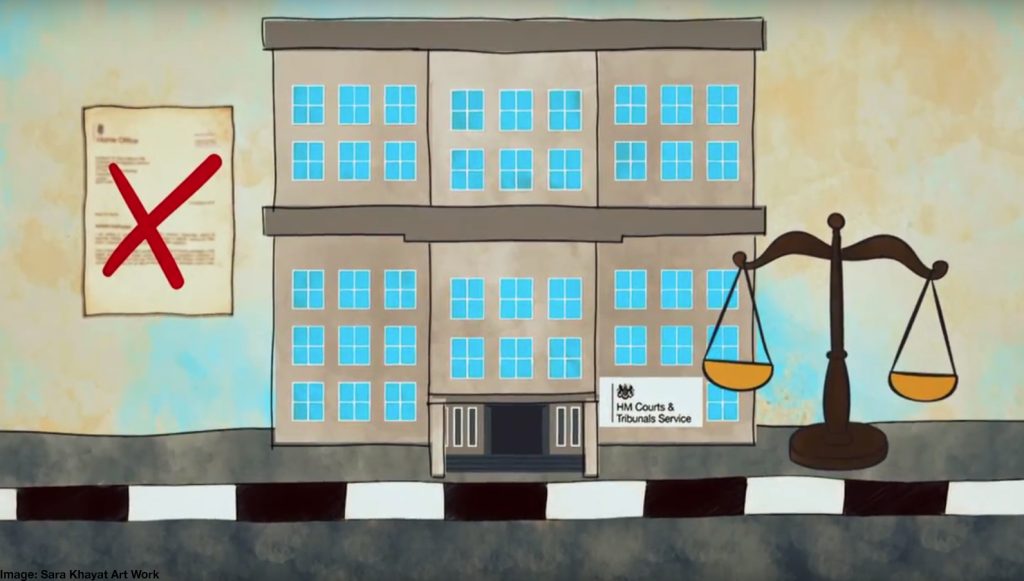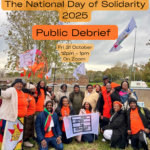
On 1 November 2023, a new Practice Direction was published, concerning the process at the Immigration and Asylum Chamber at the First-tier Tribunal. This is the court where immigration and asylum appeals are heard. The court has introduced a number of very important changes, which we will explain below.
What is a Practice Direction?
A Practice Direction is an official document published by a court that sets out the rules for how a court process should work.
In this case, this new Practice Direction comes into effect immediately, and replaces previous Practice Directions on this topic. The changes introduced apply equally to appellants (the person who is appealing) and the Home Office.
The aim of this new Practice Direction is to make the First-tier Tribunal’s decision making process about asylum and immigration appeals more concise, and to introduce what they call an ‘issues based approach’ to deciding appeals. Now, appeals are submitted online. The overall appeals timelines are unchanged.
What are the changes?
There are a number of important changes in Part 3 of the new Practice Direction. They set out:
- the required format and content of bundles (this is the selection of documents and evidence you want to present to the court)
- the requirements for skeleton arguments and Home Office reviews
- the treatment of evidence filed after a review
- the format and attestations of witness statements (including an updated approach to witness statements of people who do not speak English)
- the use and attestations of expert evidence
- when evidence about circumstances in a country is required
There are new page limits for documents, including:
- 12 pages for a skeleton argument if you have a legal representative
- 6 pages for respondent’s review (this means the response from the Home Office)
- 20 pages for expert reports
- 12 pages for country information evidence schedule
The Practice Direction outlines that text in these documents must be no smaller than size 12 font with 1.5 line spacing.
It is possible to apply to the Tribunal if you want to submit documents longer than this.
Unrepresented appellants
In the explanatory videos, the court explains they have seen an increase in the number of appellants (this means people who are appealing) without lawyers.
This Practice Direction makes it clear that it intends to support people who are going through the process without a legal representative by making modifications to the procedure:
1.5. This Practice Direction applies to appellants without representatives in the same way as it does to parties represented by lawyers. However, the Tribunal recognises the difficulties faced by appellants who are preparing and presenting their own appeal. The Tribunal will ensure that they are treated fairly and enabled to explain their case. Judges should take account of the Equal Treatment Bench Book. The Bench Book provides guidance on a Tribunal’s duty to litigants in person, who are referred to in this Practice Direction as appellants in person. Account will be taken of the particular needs of appellants in person when dealing with the management of the appeal and at the hearing.
If a person does not have a legal representative:
7.10. Where the appellant is not legally represented, the Tribunal will make directions in accordance with 1.5 above for the appellant to explain their case and provide any evidence or material in support of their case that is not in the respondent’s bundle.
Adjournments
If you are making an application for an adjournment (this means applying to have your appeal hearing at a later date), you will now need to submit draft directions and supporting evidence with your application for an adjournment.
Any application for an adjournment must be submitted at least 1 clear working day before the date of the hearing.
Receiving decisions
The procedure around decision making is in Part 5 of the Practice Direction. Part 5 sets out a movement away from giving written decisions, in favour or oral decisions (which may be recorded).
Where written decisions are required (such as in asylum claims or humanitarian protection claims) they are likely to be much shorter as a result.
We will also be updating our Toolkit page on Your Appeal Hearing at the First-tier Tribunal, to reflect these changes. Stay tuned.















Discussion: